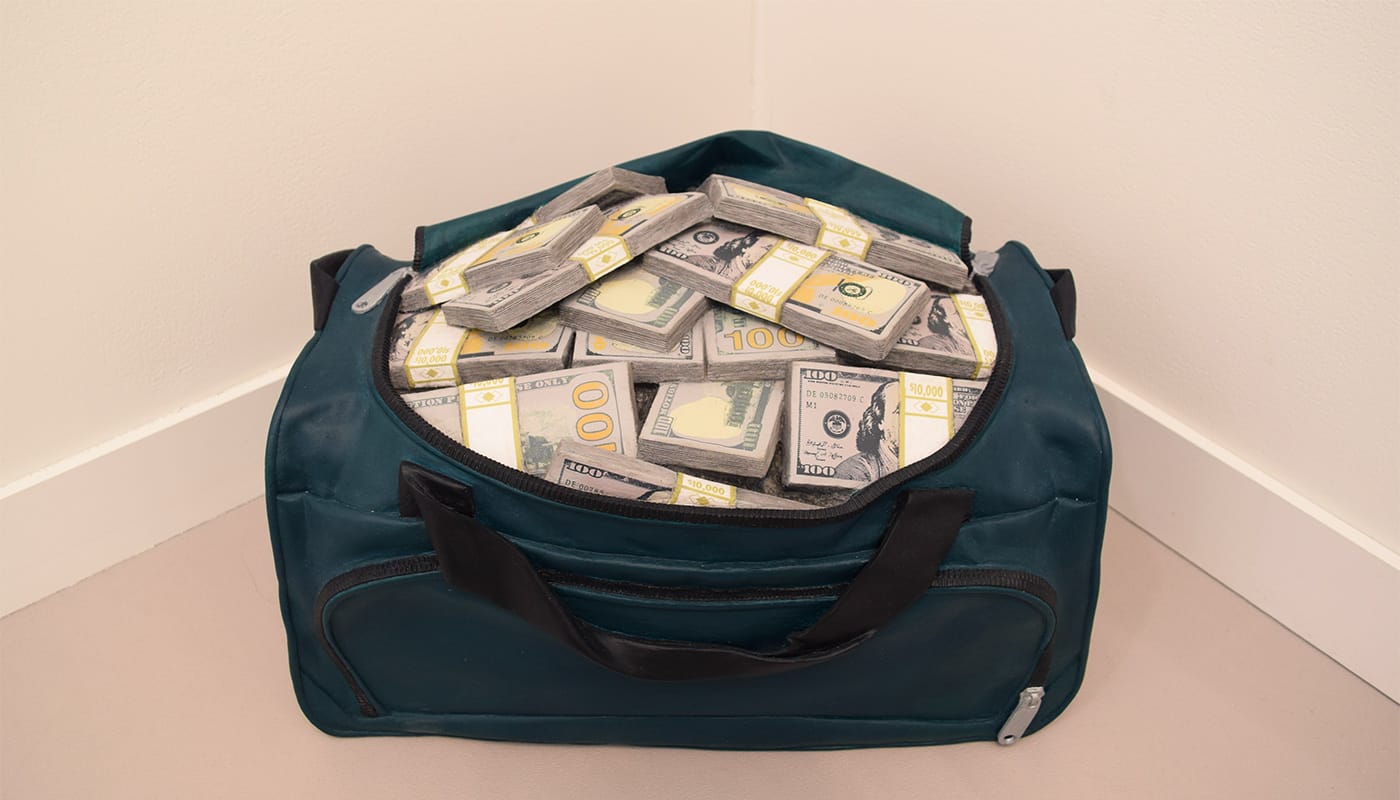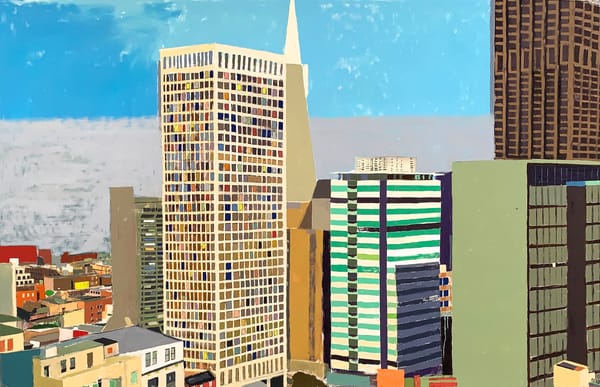Artists Support Themselves Through Freelance Work and Don't Find Galleries Especially Helpful, New Study Says
A study based on a survey of more than 1,000 practicing visual artists sheds light on the economics of making art.

The majority of visual artists working today make less than $30,000 per year, according to a study released this week. Conducted by the Creative Independent, a publication affiliated with Kickstarter, the study draws on responses from 1,016 artists working in the US, UK, Canada, France, and nearly 50 other countries in hopes of demystifying the economics of being an artist.
While some of the study’s findings are not particularly surprising — like that artists’ satisfaction with their work increases in direct proportion to the amount of time they spend in the studio — others are quite illuminating, especially where the economics of being an artist are involved. For instance, only 12% of respondents said that gallery sales of their work have been helpful in sustaining their practices, and grants ranked similarly low; the majority (61%) said that freelance and contract work was the most significant economic factor supporting their art. Among responding artists, only 17% are making three quarters or more of their income from their art; nearly half said they make between 0–10% of their income from their art.
“Because of this myth of the ‘pure’ artist who is able to afford to live off of gallery sales, through grants, or some other mysterious way, we see many artists who feel like failures or sell-outs simply because they have to have a day job, take corporate work, or wait tables,” Willa Köerner, the Creative Content Director at the Creative Independent, told Hyperallergic. “If only art schools would better prepare artists for the business aspects of being a visual artist — including preparing them to overcome the debt they’re accruing from that very school — so many artists would be in better shape, and would stop being so hard on themselves when it’s really the system that’s failing them. ‘Trial and error’ is not really a great strategy for becoming financially stable, but that’s currently the most-employed strategy by visual artists. That needs to change.”
Indeed, the majority of the study’s respondents said their financial know-how and advice came primarily from trial and error and from talking to and observing other artists, while school ranked among the least popular sources of financial advice. The 63% of survey respondents who had earned an MFA or other art-related degree felt that doing so had not helped them to become financially stable, but that it had helped them develop their work. Similarly, the 29% of respondents who had been represented by a gallery found that the experience had not been especially helpful to their financial stability and felt ambivalent at best about the gallery’s impact on their careers. Commissions, institutional support like grants and paid residencies, and direct sales were all, on balance, much more popular sources of support than gallery representation.
“Overall, this study demonstrates that we’re in a moment when artists can take control of their own lives and careers,” Köerner said. “The art world’s gatekeeper class is struggling to stay relevant. Knowing that the structures of the art world aren’t particularly helpful is a bummer, yes, but it can also be liberating.”
The study also suggested that sticking with art reaps benefits. Artists who’d been active for 10 years or more had a higher median income (still just $30,000–40,000, but higher than the study’s overall median income of $20,000–30,000). Artists who’d been active longer also reported being more content with their work, with those who’d been in the art world 20 years or longer reporting significantly higher levels of satisfaction.
“It’s hard to support yourself as a visual artist, period,” Köerner added. “There’s no one tried and true method to make a living as a visual artist. And, you have to try a lot of things before you find a way to make it work. But, people are finding ways to make it work. And over time they seem to get better at it!”
The full study on the financial situation of visual artists today is available from the Creative Independent.




